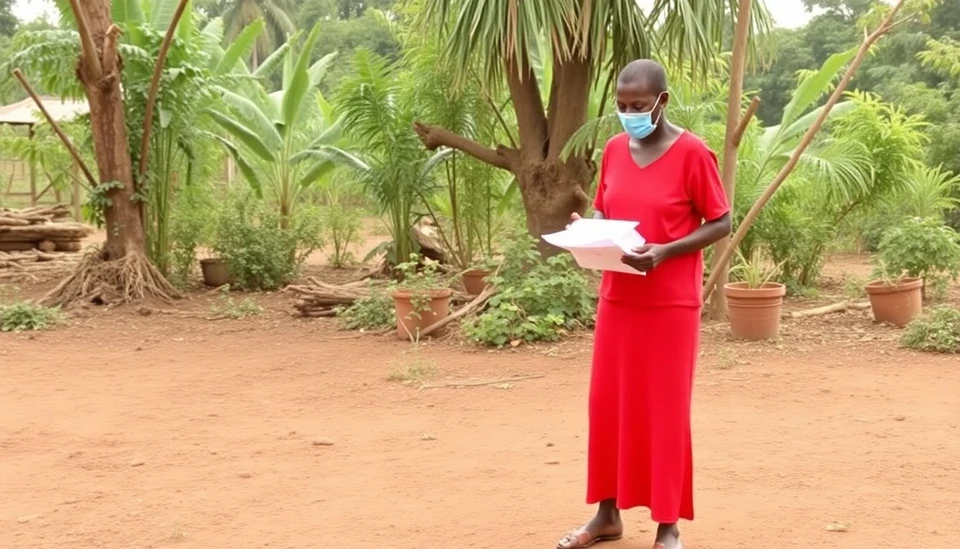
In a decisive move to bolster its economic landscape, Uganda has reduced its key interest rate for the second consecutive time. This decision comes amidst rising concerns regarding the country's economic growth trajectory and the impact of external factors on its financial stability. The central bank's action reflects a strategic attempt to spur borrowing, investment, and consumer spending.
On October 7, 2024, the Bank of Uganda announced a further cut to the benchmark lending rate, which now stands at 6.5%. This reduction represents a continued effort to stimulate the economy, aimed at mitigating the effects of sluggish growth figures reported in recent quarters. The central bank's policy is part of a broader attempt to revitalize various economic sectors that have been underperforming for several months.
Governor Emmanuel Tumusiime-Mutebile emphasized the need for increased economic activity, highlighting the crucial role of lower interest rates in driving private sector credit growth. By making loans more affordable, the central bank hopes to encourage businesses to invest in expansion and operations, fostering greater economic dynamism.
This decision arrives in the context of prevailing economic uncertainties. Uganda has been grappling with challenges such as reduced export demand, fluctuations in global commodity prices, and the pressing impacts of climate change on agricultural productivity. Given these complexities, the central bank's move is seen as a proactive step towards ensuring economic resilience and vitality.
Analysts, however, express a blend of optimism and caution. While the rate cut is applauded for its potential to invigorate certain sectors, concerns remain regarding its possible impact on inflation. The dual challenge for the Bank of Uganda lies in balancing between stimulating growth and preventing an overheating economy, where excessive inflation could undermine purchasing power and deter investment.
Despite these challenges, Uganda's government remains committed to fostering a conducive environment for economic growth. The latest policy adjustments reflect a broader governmental effort to attract foreign investments, improve infrastructure, and promote sectors such as technology and manufacturing.
The decision follows the earlier rate reduction made in the previous monetary policy meeting, reinforcing the central bank's intent to maintain an accommodative policy stance. As policymakers take stock of the evolving economic conditions, future rate decisions will likely hinge on incoming data and the effectiveness of ongoing economic reforms.
As Uganda navigates its economic challenges, experts suggest monitoring not only domestic indicators but also global economic trends, which could significantly influence the country's financial health. The central bank's recent actions highlight its commitment to steering Uganda towards a path of sustainable economic recovery.
#Uganda #InterestRate #EconomicPolicy #CentralBank #Investment #Inflation #EconomicGrowth #BankOfUganda
Author: Rachel Greene




